6 National Cuisines That Didn’t Impress—And 7 Global Kitchens That Are Totally Worth It
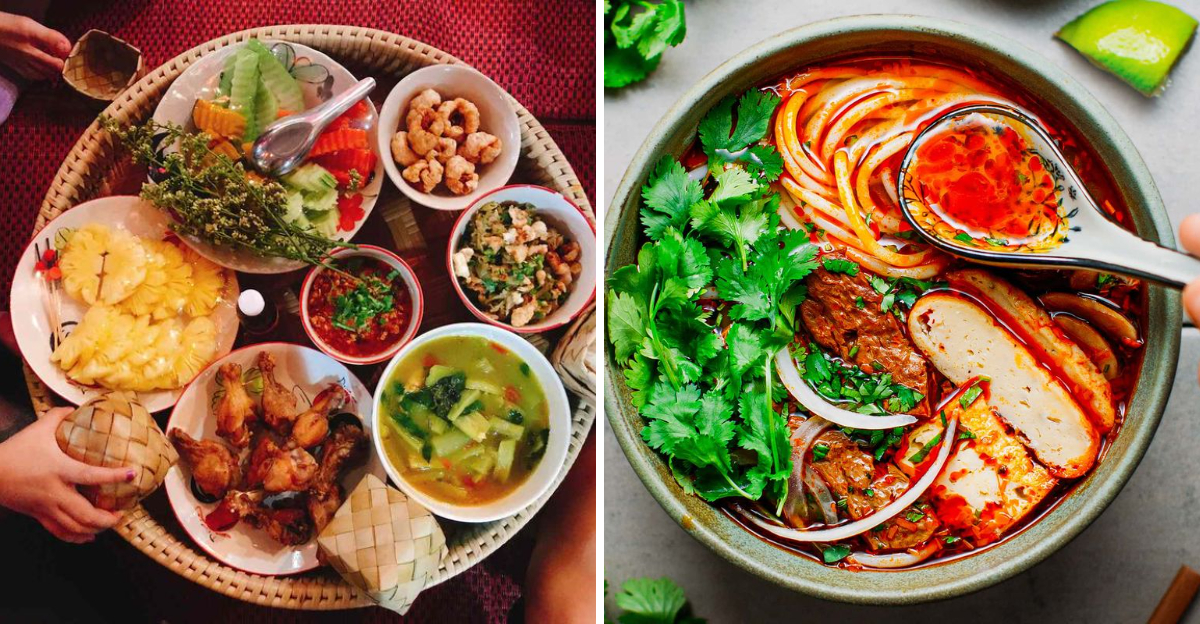
Explore a world of flavors as we journey through culinary landscapes that have stirred mixed reactions. While some national cuisines may not have met every traveler’s expectations, others have delighted palates worldwide. Let’s uncover why a few fell short and which ones captured hearts and stomachs with their vibrant and diverse offerings.
1. British Cuisine

British cuisine, while improving, often evokes mixed feelings. Traditional dishes like boiled meats and bland pies may seem heavy and underseasoned for diverse palates. Some find comfort in these hearty meals, yet others crave more zest and variety.
Mushy peas and the classic full English breakfast offer nostalgic flavors but can feel monotonous over time. Despite recent culinary innovations, the stereotype of dull British food persists in some minds.
Still, British afternoon tea with scones and clotted cream remains an elegant cultural experience, delighting visitors with its quaint charm.
2. Icelandic Cuisine
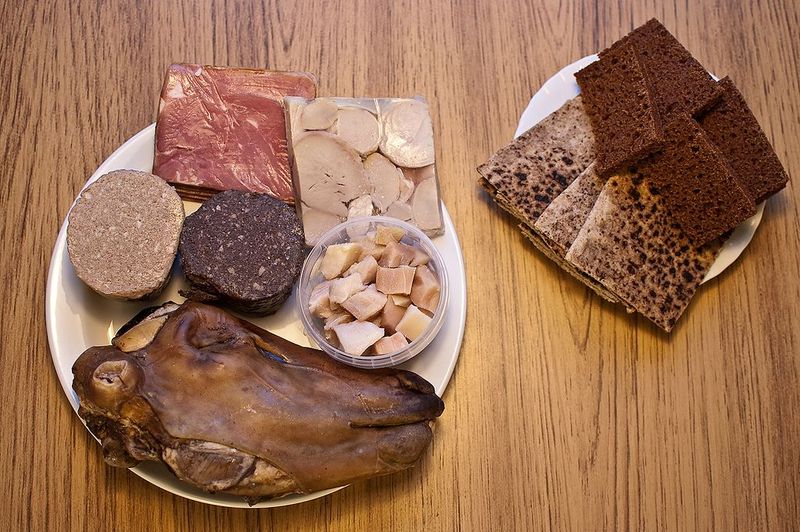
Icelandic cuisine is an adventurous eater’s playground, known for dishes like fermented shark and sheep’s head. These items often serve as cultural curiosities rather than beloved culinary delights. Many visitors approach these dishes with intrigue but leave with a sense of culinary bravery.
While some locals cherish these traditional foods, to the unaccustomed, they can seem overwhelming. The stark, striking landscapes of Iceland are mirrored in its robust, unconventional culinary traditions.
Yet, modern Icelandic chefs are reinventing these classics, striving to balance authenticity with more universally appealing tastes.
3. German Cuisine

Hearty and filling, German cuisine often centers around meat-heavy dishes. Sausages, potatoes, and breaded meats are staples, offering warmth but sometimes lacking in variety and spice. Some admire the robust flavors, while others yearn for more fresh produce and lighter options.
Traditional German meals can be a comforting embrace of calories and nostalgia, yet they may not surprise or excite seasoned travelers. Despite this, Germany’s beer culture adds a refreshing twist, complementing the hearty fare.
Modern German chefs are integrating diverse ingredients and techniques, bringing new life to classic dishes.
4. Russian Cuisine
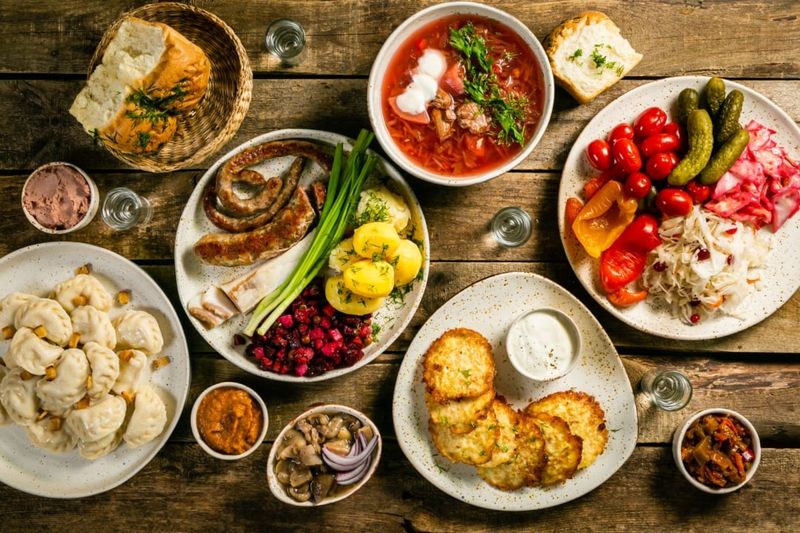
Rich with history, Russian cuisine often revolves around root vegetables, pickled items, and mayonnaise-heavy salads. These elements provide comfort but might feel repetitive or overly starchy to some. Borscht and Olivier salad are ubiquitous, showcasing both the simplicity and heartiness of Russian cooking.
For those unfamiliar, the abundance of mayonnaise can be surprising, overshadowing the natural flavors. However, the cultural significance of these dishes creates a deep connection for many Russians.
Modern influences are weaving into Russian culinary traditions, bringing renewed dynamism to its hearty roots and delighting adventurous foodies.
5. Philippine Cuisine

Philippine cuisine is a tapestry of unique flavors, yet it often presents challenges to unaccustomed palates. Dishes like adobo and sinigang offer tangy, vinegary profiles, which can be intense for some.
Balut, a fertilized duck egg, stands as a daring delicacy, intriguing adventurous food lovers. While these dishes reflect the country’s rich history, they may not always align with global tastes.
Nonetheless, the Filipino culinary scene is vibrant, with modern chefs adding innovative twists to traditional meals, making it a cuisine that is continually evolving and engaging.
6. Dutch Cuisine
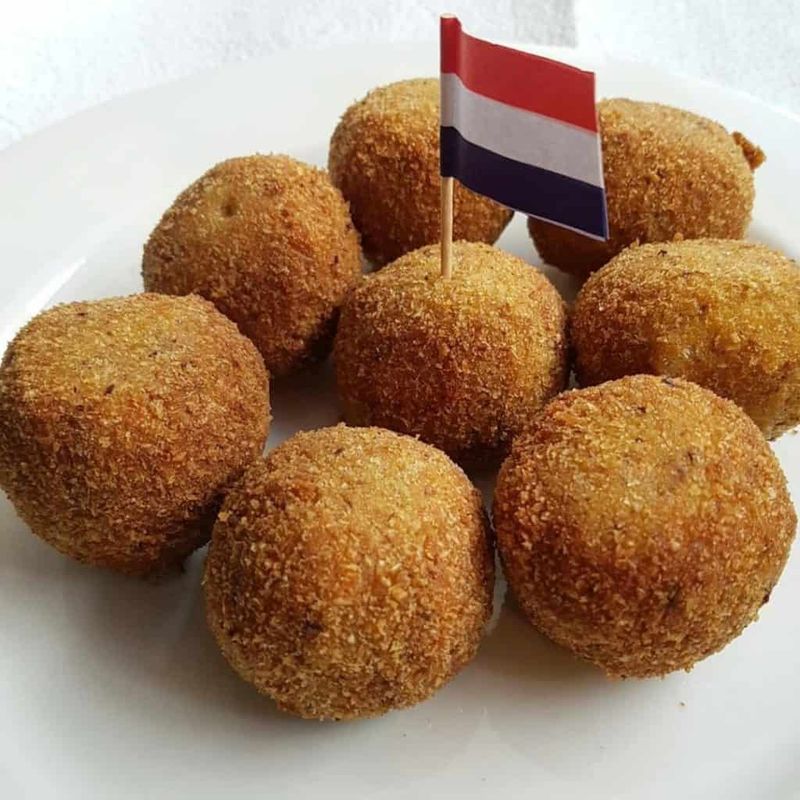
Dutch cuisine offers staples like stamppot and bitterballen, which often charm with their novelty but may lack flavor complexity. These dishes reflect the country’s pragmatic past, emphasizing nourishment over nuance.
Raw herring, a local favorite, is an acquired taste, often leaving visitors divided. Despite its simplicity, Dutch food can feel comforting, embodying the nation’s cozy traditions.
Today, Dutch chefs are exploring global influences, infusing traditional dishes with new flavors and ideas, making the culinary scene exciting for both locals and tourists.
7. Thai Cuisine
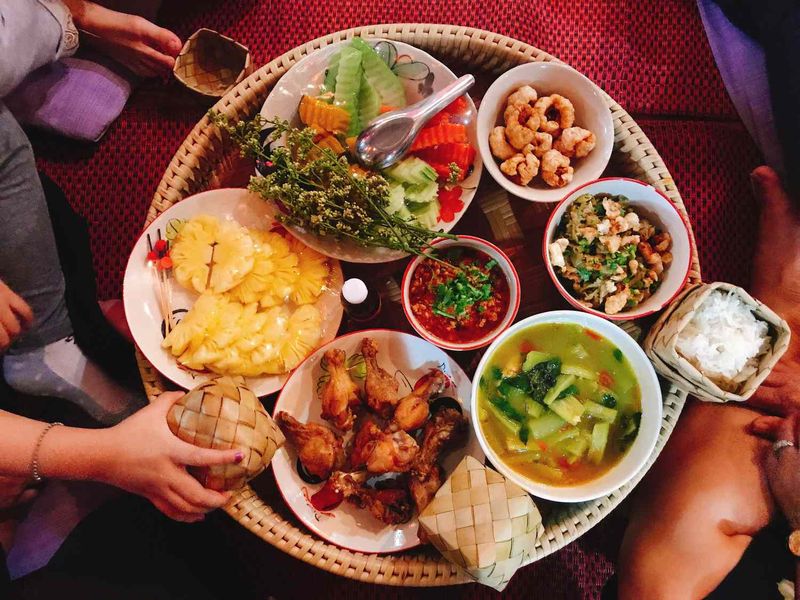
Thai cuisine captivates with its harmonious blend of sweet, spicy, sour, and salty elements. Each dish, from pad Thai to tom yum soup, bursts with bold flavors and vibrant herbs, creating an unforgettable dining experience.
The balance and complexity of Thai cooking reflect the country’s rich culture and culinary artistry. It’s no wonder that Thai food is beloved worldwide, offering a taste adventure that satisfies diverse palates.
Thai street food culture further enhances its appeal, allowing locals and tourists alike to savor authentic, exciting flavors in bustling, energetic settings.
8. Japanese Cuisine
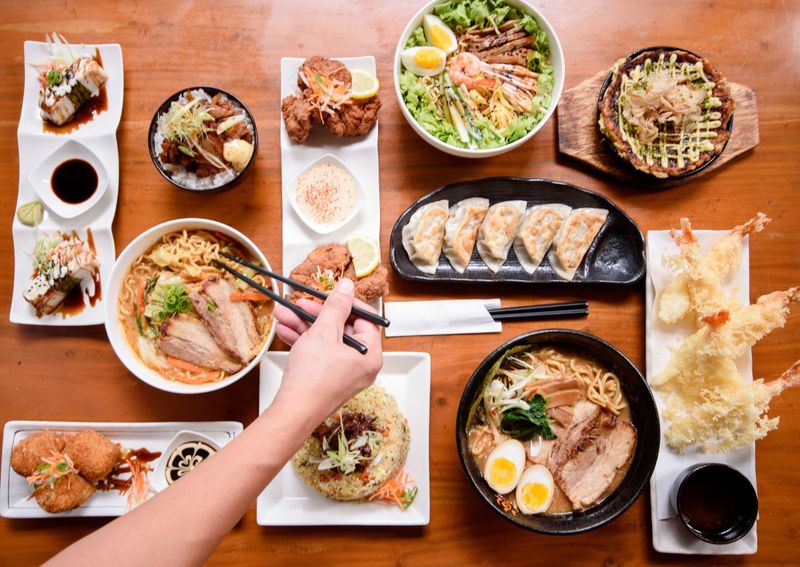
Japanese cuisine epitomizes precision and an appreciation for seasonal ingredients. Dishes like sushi and ramen showcase umami-rich depth, captivating food enthusiasts with their meticulous preparation and presentation.
Kaiseki dining offers a cultural experience, highlighting Japanese hospitality and culinary tradition through a multi-course meal that delights the senses. The elegance of Japanese food lies in its simplicity and attention to detail.
From bustling street vendors to serene tea houses, Japan’s culinary landscape is diverse and enchanting, making it a destination that promises both excitement and tranquility in every bite.
9. Italian Cuisine

Italian cuisine, revered globally, is famed for its regional variety and use of fresh ingredients. From risotto to pizza, each dish embodies comfort, tradition, and the joy of sharing meals with loved ones.
Handmade pasta and rich sauces are staples, offering warmth and satisfaction. The culinary culture in Italy emphasizes quality and simplicity, allowing natural flavors to shine.
Whether dining in a rustic trattoria or a fine restaurant, Italian food invites diners to savor life in every bite. Its timeless appeal ensures it remains a favorite on the world stage.
10. Mexican Cuisine
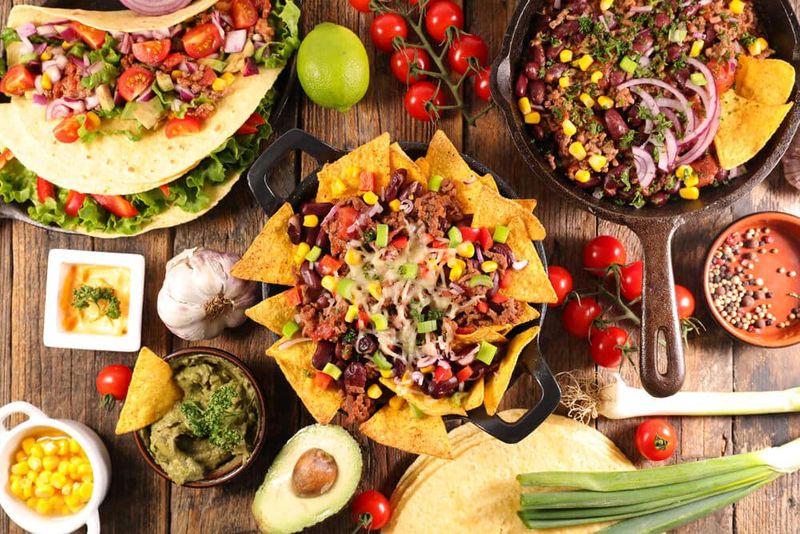
Mexican cuisine dazzles with its rich and complex flavors. Dishes like mole and barbacoa are crafted with care, combining spices and ingredients in ways that surprise and delight. Fresh ceviche and tacos al pastor offer vibrant, refreshing tastes.
Beyond Tex-Mex, authentic Mexican cooking is a celebration of diversity and tradition. Each region boasts unique specialties that tell stories of history and culture.
Street food stalls and family-owned eateries highlight the warmth and hospitality of Mexican culinary traditions, making it a cuisine that continues to enthrall and inspire.
11. Indian Cuisine
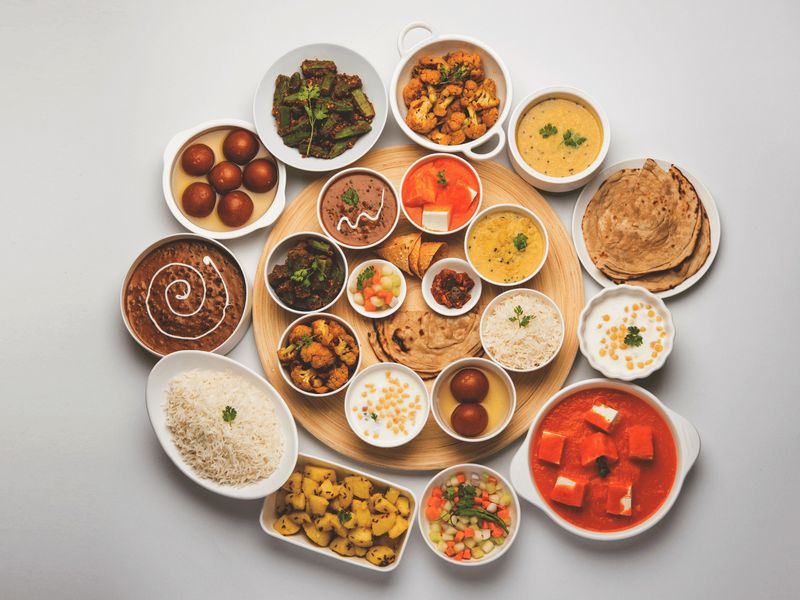
Indian cuisine is a sensory celebration, layered with spices and slow-cooked techniques. Dishes like butter chicken and chana masala burst with flavor, offering both vegetarians and meat lovers a delectable array of choices.
The use of aromatic spices transforms simple ingredients into vibrant, mouthwatering meals. Indian food reflects the country’s diverse culture and rich culinary heritage.
Whether enjoying street food, home-cooked meals, or festive feasts, Indian cuisine promises a captivating dining experience that resonates with warmth, color, and authenticity.
12. Lebanese Cuisine

Lebanese cuisine shines with its bright, fresh flavors and balanced dishes. Grilled meats and hummus are staples, often accompanied by tabbouleh and za’atar flatbreads. Each bite offers a delightful blend of textures and tastes.
The emphasis on fresh herbs and spices creates meals that are both healthy and flavorful, reflecting Lebanon’s vibrant culinary culture. Dining is often a communal experience, highlighting the importance of family and tradition.
Lebanese food, with its focus on balance and harmony, continues to captivate and satisfy food lovers around the world.
13. Vietnamese Cuisine
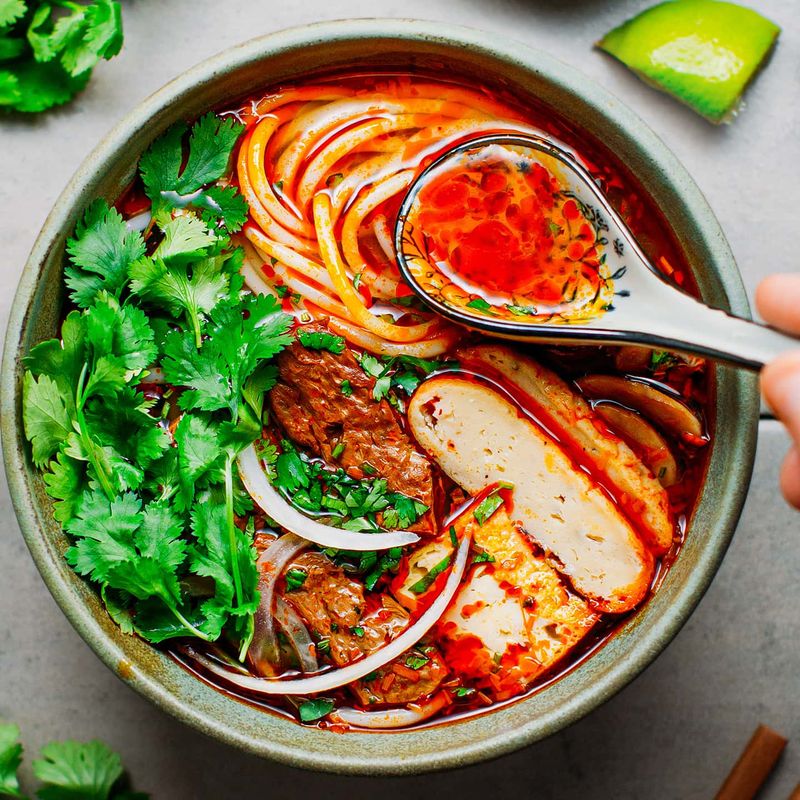
Vietnamese cuisine enchants with its light yet complex flavors. Fragrant broths like pho are central to the dining experience, offering depth and warmth. Crisp herbs and fresh ingredients add layers of flavor to dishes like bánh mì and bún bò Huế.
The subtle interplay of sweet, sour, salty, and spicy elements creates a harmonious taste profile that intrigues and satisfies.
Vietnam’s street food scene is vibrant and bustling, inviting both locals and tourists to explore its culinary delights. The delicate balance of flavors and textures makes Vietnamese food a global favorite.
